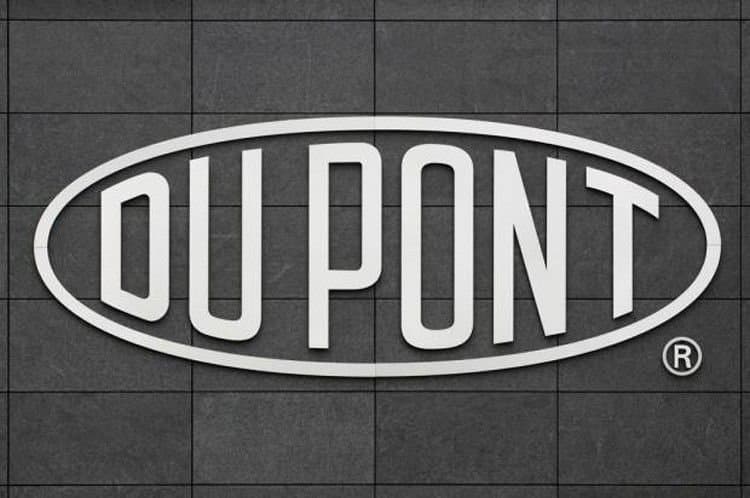DuPont’s $1.8B Aramids Divestiture: Strategic Shift and Industry Impact
Explore DuPont’s $1.8 billion Aramids divestiture to Arclin, unveiling strategic focus, financial gains, and industry reshaping in high-performance fibers with Kevlar and Nomex brands.

Key Takeaways
- DuPont sells Aramids business for $1.8 billion to Arclin
- Deal includes $1.2B cash, $300M note, and 17.5% equity stake
- Transaction closes Q1 2026, independent of Qnity spin-off
- Arclin gains global reach with Kevlar and Nomex brands
- Divestiture sharpens DuPont’s strategic focus and finances

In a bold move reshaping the high-performance materials landscape, DuPont has agreed to divest its Aramids business—including the iconic Kevlar® and Nomex® brands—to Arclin for approximately $1.8 billion. This transaction, expected to close in the first quarter of 2026, marks a strategic pivot for DuPont as it hones its portfolio and strengthens its financial footing. The deal not only injects significant cash and equity value into DuPont but also positions Arclin to expand its global footprint in advanced synthetic fibers. Here’s how this landmark deal unfolds, what it means for both companies, and why it matters in the evolving materials industry.
Unpacking the $1.8B Deal
When DuPont announced its $1.8 billion agreement to sell the Aramids business to Arclin, it wasn’t just a sale—it was a strategic handshake with the future. The deal breaks down into $1.2 billion in pre-tax cash, a $300 million note receivable, and a 17.5% equity stake in the new Arclin entity valued at $325 million. Picture this: DuPont gets immediate liquidity, a promise of future payments, and a seat at the table as Arclin grows. The transaction is set to close in the first quarter of 2026, pending regulatory approvals. This timeline keeps things orderly, allowing both companies to prepare for the next chapter. Arclin, backed by private equity firm TJC, L.P., secured full financing, signaling confidence and readiness to integrate these iconic brands. This deal structure balances DuPont’s desire for capital and ongoing exposure with Arclin’s ambition to lead in advanced materials.
DuPont’s Strategic Focus
DuPont’s CEO Lori Koch framed this divestiture as a deliberate step in optimizing the company’s portfolio. Think of it as trimming the branches to let the core grow stronger. By selling the Aramids business, DuPont frees up capital to reinvest in higher-growth, higher-margin segments. The $1.2 billion cash infusion plus the note and equity stake provide both immediate and future financial flexibility. Importantly, this move doesn’t derail DuPont’s planned spin-off of its electronics business, Qnity, scheduled for November 2025. This separation of transactions shows DuPont’s precision in managing complex corporate maneuvers. The company’s strategy reflects a broader myth-busting truth: bigger isn’t always better. Sometimes, focusing on fewer, stronger businesses creates more value than holding onto sprawling operations. DuPont’s approach underscores that savvy portfolio management is a powerful growth engine.
Arclin’s Growth Opportunity
For Arclin, acquiring the Aramids business is like adding rocket fuel to its growth trajectory. Kevlar and Nomex are household names in high-performance fibers, used in everything from bulletproof vests to fire-resistant apparel. This acquisition expands Arclin’s reach into aerospace, defense, automotive, electrical infrastructure, and personal protection markets. With about 1,900 employees and five manufacturing sites, the Aramids business generated $1.3 billion in net sales in 2024 alone. Arclin’s leadership sees this as a chance to accelerate innovation and broaden global market access. The deal aligns with a trend where specialized firms and private equity-backed players scoop up non-core assets from conglomerates to build focused, competitive powerhouses. Arclin’s vision is clear: leverage these brands to deliver impactful solutions that make homes, workplaces, and communities safer and more resilient.
Industry Implications and Trends
This deal is a textbook example of the ongoing consolidation and specialization sweeping the advanced materials sector. Large conglomerates like DuPont are shedding non-core businesses to sharpen their strategic focus and improve financial metrics. Meanwhile, firms like Arclin, backed by private equity, are snapping up these assets to build leadership in niche markets. This dynamic reshapes supply chains, accelerates innovation, and intensifies competition. For Kevlar and Nomex, this could mean faster development of new applications and broader global reach. The transaction also challenges the myth that conglomerates must hold onto every asset to thrive. Instead, it highlights how focused ownership can unlock value and drive growth in specialized fields. Industry watchers will be keen to see how this shift influences product innovation and market dynamics in the years ahead.
Financial Impact and Shareholder Value
From a financial perspective, DuPont’s divestiture delivers a potent mix of immediate and future value. The $1.2 billion cash proceeds bolster the company’s balance sheet, while the $300 million note and 17.5% equity stake in Arclin keep DuPont connected to the Aramids business’s upside. This structure balances risk and reward, allowing shareholders to benefit from both a tidy payout and potential growth. Notably, DuPont’s stock has outperformed its industry peers over the past year, losing 4.3% compared to a 17.1% industry decline, signaling relative resilience. The deal aligns with DuPont’s goals of enhancing shareholder returns and portfolio agility. For investors, it’s a reminder that strategic divestitures can be as powerful as acquisitions in creating value. The Aramids sale doesn’t just reshape DuPont’s business—it reshapes how investors might view corporate focus and capital allocation.
Long Story Short
DuPont’s divestiture of its Aramids business is more than a transaction—it’s a statement of strategic clarity and financial discipline. By unlocking $1.8 billion through cash, notes, and equity, DuPont is poised to reinvest in its core growth areas while maintaining a stake in future Aramids innovation. For Arclin, acquiring Kevlar and Nomex is a leap into leadership within high-performance fibers, promising new horizons in aerospace, defense, and beyond. This deal exemplifies a broader industry trend where focus and specialization trump sprawling portfolios. For investors and industry watchers, it’s a reminder that sometimes, letting go is the smartest way to grow. The coming years will reveal how this reshaping fuels innovation, competition, and resilience in materials that protect and empower our world.